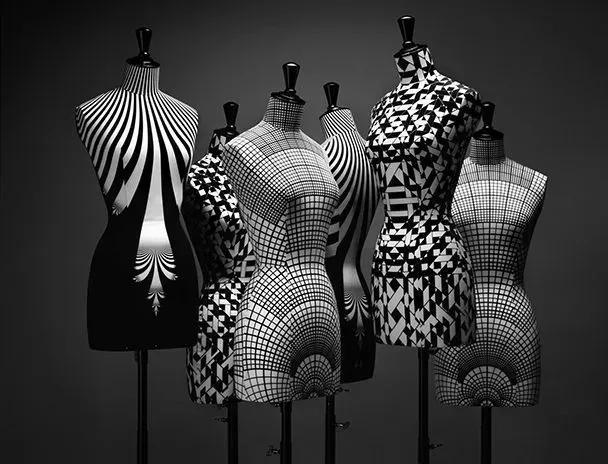Fashion is one of the best facets of society. It is a way through which we can express history, culture, poetry, art, humanity. A little bit of everything, just as we are. It has been an excellent way to represent the identity of certain social groups, and it continues to be, doing so with much taste, influence, and power. However, it is not always entirely accessible. Expressing fashion implies a deep knowledge in this area, in designing, managing, and innovating, in addition to skills that, in the opinion of many, are difficult to acquire because sometimes you are born with them, like vocation and creativity for fashion.
The solution to this may lie in technological innovation. Technology opens the possibility for those who do not have the traditional skills for fashion innovation to approach it, with the same enthusiasm and curiosity, but in a different way, developing tools that solve the problems faced by those who work in the fashion industry in a traditional manner. Thus, in this article, some of these solutions will be presented, showcasing the full potential of technology's intervention in this field, and to demonstrate that every day, you can learn something new.
For clothing design, for example, tools of Artificial Intelligence (AI) have been implemented, where sophisticated algorithms play among themselves to analyze large amounts of data in real time and calculate new market trends, ensuring that all the hours invested in generating new clothing are worthwhile. In addition to this, there are many tools that allow creating images and videos in an instant, based on well-formed and concise instructions. This has also facilitated the work of designers because they can materialize what they have in mind and make better decisions, completely surpassing themselves.
For those clothing brands that make their own garments, robotics has brought an incredible advancement in the efficiency of this procedure, with the creation of robots capable of sewing, folding, or packaging clothes in greater quantities, and in less time. Furthermore, since it is a manual activity, those implementing it do not have to doubt their capabilities, as they either do the work or they don't.
Touching on the themes of design, production, and logistics, we can address an interesting area where technology also intervenes as an incredible problem-solver, and that encompasses the customer experience and shopping. With the implementation of augmented reality (AR), it is possible to see how a garment looks on you without trying it on, which is very helpful in saving you the process of, for example, going to the store, checking if they have the piece of clothing you like, and trying it on, without knowing how many people are ahead of you in line for the fitting room. It is a process that can even be done from one's own home. Indeed, augmented reality aims to bring objects from the virtual world into the real world. Gucci and Zara are prestigious clothing brands that have already begun to implement this novel technique.
A very interesting concept that has generated buzz is that of smart fashion. This refers to the application of automating technological tools to clothing items. An example of this is the application of the Internet of Things (IoT) to fashion. Garments come with connected devices inside them, which can perform very useful functionalities for the user wearing them, such as calculating their heart rate, calories burned, the number of steps taken, among others. Nike, for example, implemented smart fashion for its "Adapt" and "HyperAdapt" shoes, which feature an automatic lacing system activated by a sensor for maximum comfort for the user. Another example could be the smart jackets developed by Google and Levi’s together. This allows users to control their smartphone (change music, answer or decline calls, receive notifications) through gestures on the sleeves thanks to a conductive thread integrated into the fabric. Smartwatches are also another example, like those from Apple and Samsung, through which we can do many things while they are on our wrists. Let's remember that watches have always been another accessory to enhance our other clothing items.
The last aspect that denotes the influence of technology in fashion is sustainable fashion. We know the damage that large clothing brands can cause to the environment, and the vast amounts of indispensable resources expended to produce a single luxury coat. The generation of biodegradable or recycled materials that can be used in clothing or accessories without causing pollution has been an incredible advancement and has propelled more sustainable solutions in this field. The luxury clothing brand Stella McCartney does not use clothing that contains animal hides but prefers to use eco-friendly materials and ethical processes. The sneaker brand Veja also has a fairly transparent way of working, applying eco-friendly materials to produce its products, such as organic cotton and wild rubber, with fair labor practices.
In conclusion, fashion and technology have paved the way for very successful changes, which end up embedding themselves in our way of life, allowing us to change our perspective on what is known today as fashion. Diversifying and slowing down the way things have historically been done, with much innovation and enthusiasm while maintaining our essence and human talent for fashion, could be part of a new technoscientific cultural revolution.

Comments